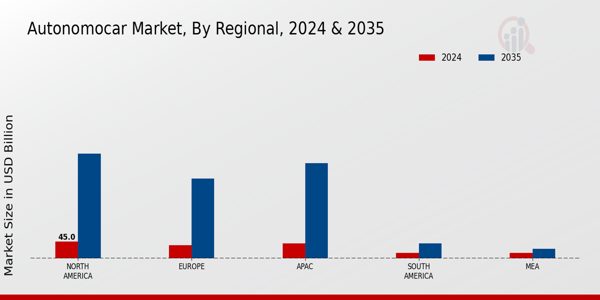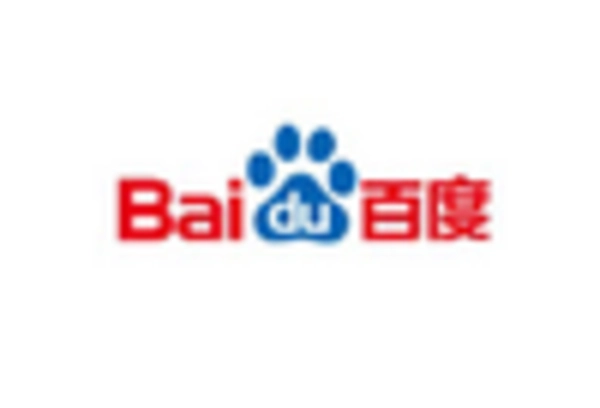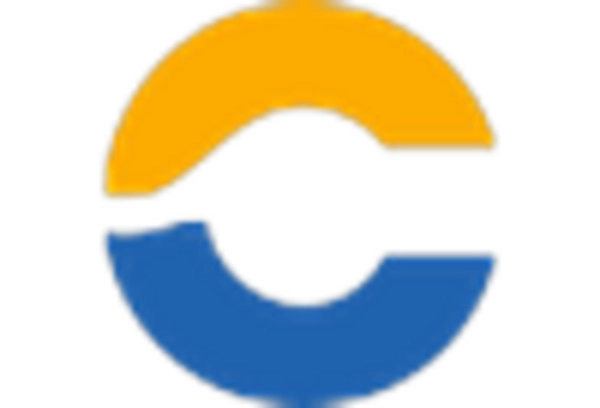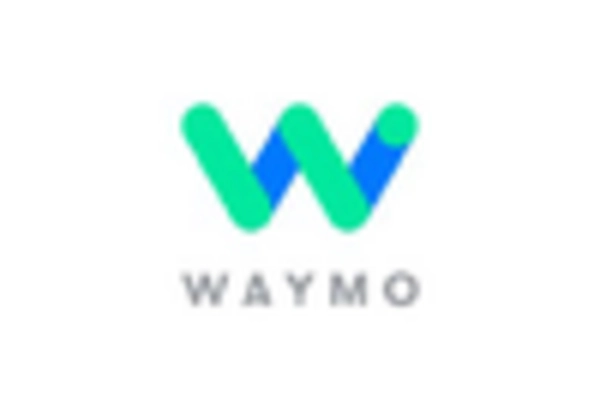The Global Autonomocar Market is rapidly evolving, characterized by significant technological advancements and increasing investments from major stakeholders. This market comprises various players, from automotive manufacturers to tech startups, all competing to establish their foothold in this innovative sector.
Competitive insights reveal that companies are focusing on enhancing their autonomous driving capabilities through the integration of artificial intelligence, machine learning, and advanced sensor technologies.
The race for market dominance is intense, with strategic collaborations and partnerships being key drivers for innovation. As consumer demand for safer and more efficient transportation solutions grows, understanding the competitive landscape becomes crucial for companies aiming to thrive in this transformative space.
Zoox has emerged as a notable player in the Global Autonomocar Market, leveraging its unique approach to autonomous vehicle development. The company is positioned as a forefront innovator with a strong emphasis on designing vehicles that are purpose-built for autonomy rather than retrofitting existing models.
This strategic focus allows Zoox to create a seamless user experience, enhancing mobility options for passengers. With a dedicated research and development framework, the company has cultivated significant strengths in engineering advanced robotic technology and artificial intelligence, enabling superior navigation and obstacle avoidance capabilities.
On the operational side, Zoox's commitment to sustainability demonstrates its alignment with broader industry trends toward environmentally friendly solutions, enhancing its appeal in a competitive market.
Cruise, another influential contender in the Global Autonomocar Market, has built a robust reputation for its dedication to creating safe and reliable autonomous vehicles.
Supported by substantial investments, the company focuses on scaling its technology to deliver real-world applications effectively. Cruise's strengths lie in its strong backing from its parent company, which provides significant resources and expertise.
This backing not only enhances its operational capabilities but also fosters trust in its technological advancements. Additionally, Cruise has established strategic partnerships with various cities and regulatory bodies, allowing it to navigate complex regulatory landscapes more effectively.
By concentrating on urban mobility and collaborating with ride-sharing platforms, Cruise demonstrates a keen understanding of market demands and consumer preferences, positioning itself for long-term success in the competitive landscape of the autonomocar sector.


















Leave a Comment